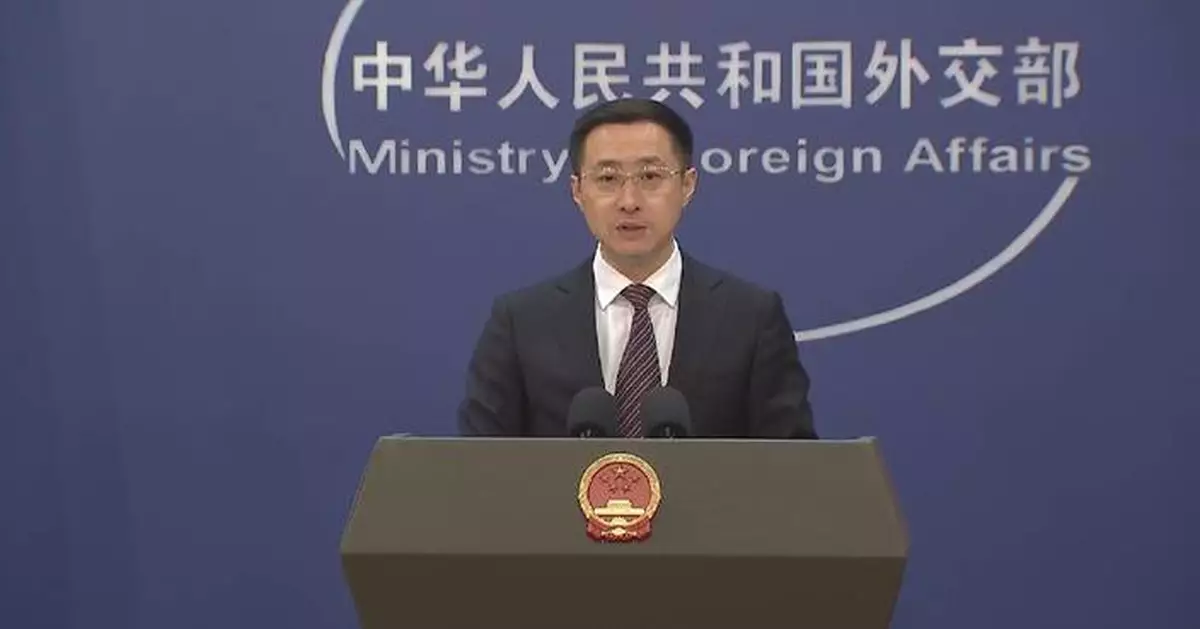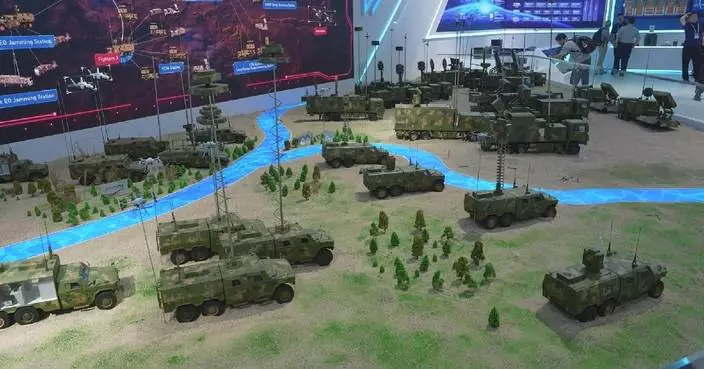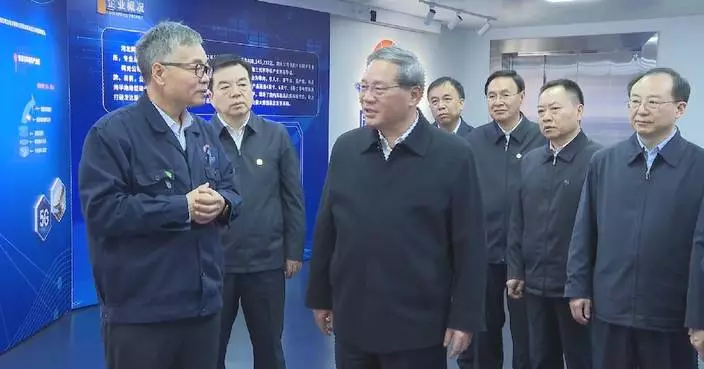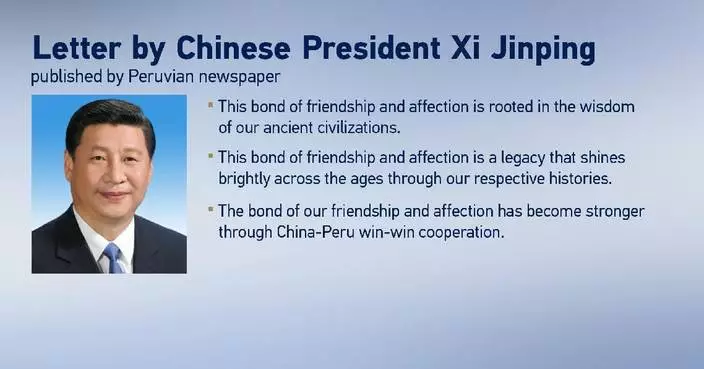The trade in goods between China and Latin America will maintain rapid growth to achieve high level mutual benefit, said Lin Jian, a foreign ministry spokesman at a press briefing in Beijing on Thursday.
According to a recent report of the Economic Commission for Latin America and the Caribbean(ECLA), China is an important trading partner of Latin America and the Caribbean, and also the fastest-growing market for exports from the region. From 2000 to 2022, the total value of goods traded between China and Latin America increased by 35 times.
Click to Gallery
China-Latin America trade in goods to maintain rapid growth: spokesman
China-Latin America trade in goods to maintain rapid growth: spokesman
China-Latin America trade in goods to maintain rapid growth: spokesman
China-Latin America trade in goods to maintain rapid growth: spokesman
China-Latin America trade in goods to maintain rapid growth: spokesman
"Recent years have seen goods trade volume between China and Latin America surging. Last year the figure stood at 489 billion U.S. dollars. In the first three quarters of this year, the trade in goods volume reached 427.4 billion U.S. dollars, up 7.7 percent year on year. The annual trade volume is expected to surpass 500 billion U.S. dollars," said Lin.
The economy of the two sides are highly complementary. Fresh fruits from Latin America have become popular in China, while China's new energy industrial chain provides more economic and accessible solutions to Latin America's green development and transition, said Lin.
China now has five free trade agreement( FTA) partners in Latin America. China has also signed the early harvest arrangements for a bilateral FTA with Honduras, and achieved substantial conclusion of negotiations on the upgrading of a free trade agreement with Peru.
"China and Latin America see each other as development opportunities. We believe with joint efforts, the trade in goods between the two sides will maintain rapid growth, realizing mutually beneficial and win-win results at a higher level," said Lin.

China-Latin America trade in goods to maintain rapid growth: spokesman
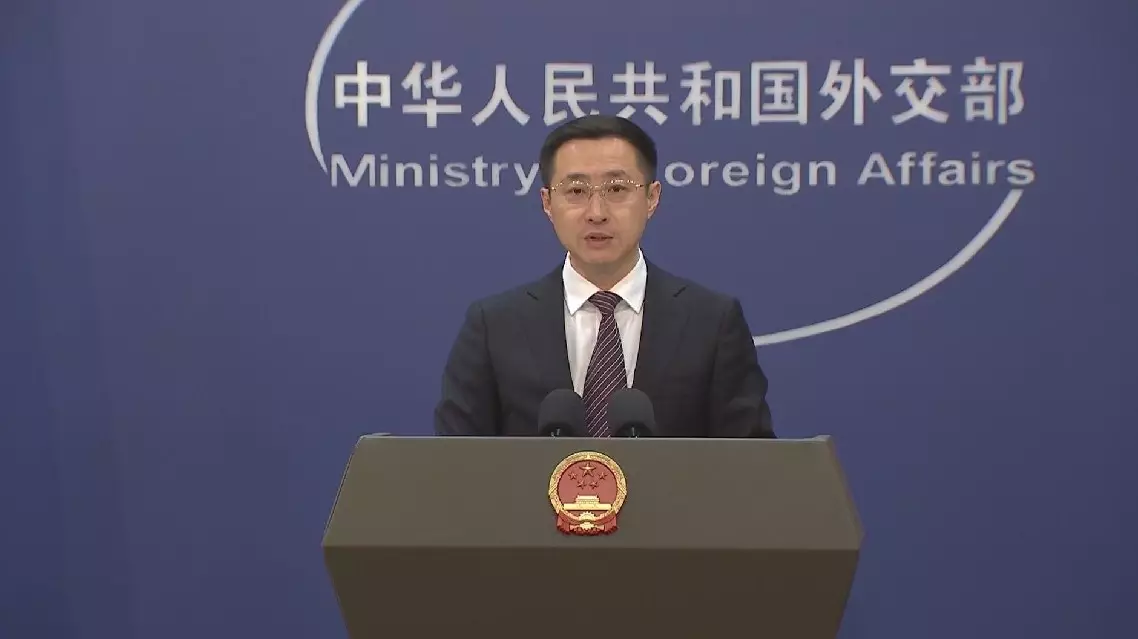
China-Latin America trade in goods to maintain rapid growth: spokesman
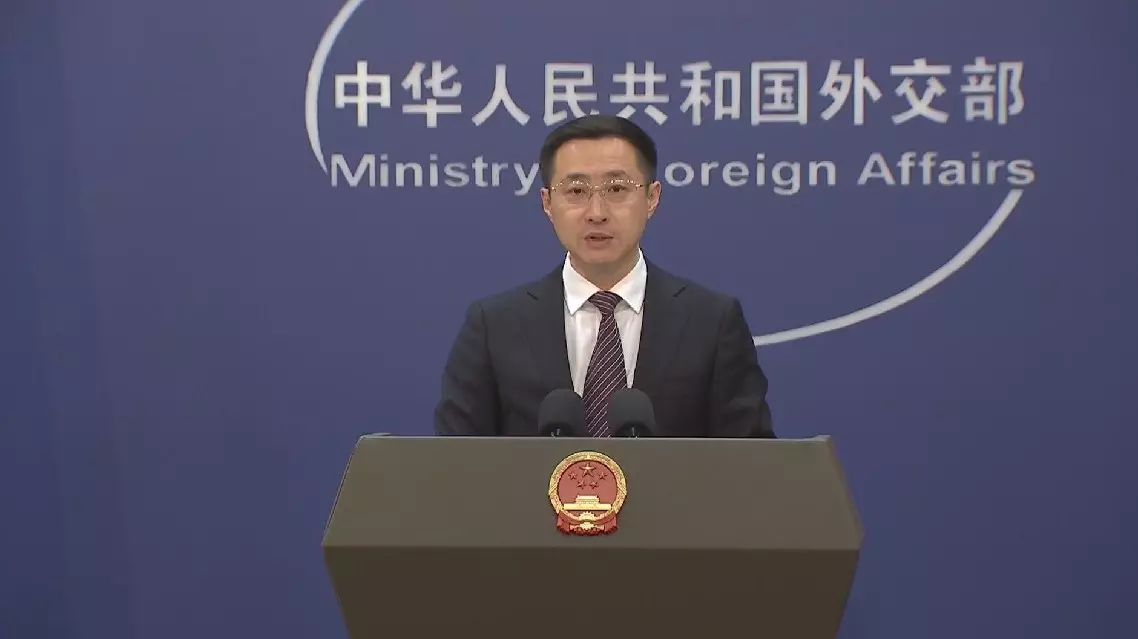
China-Latin America trade in goods to maintain rapid growth: spokesman
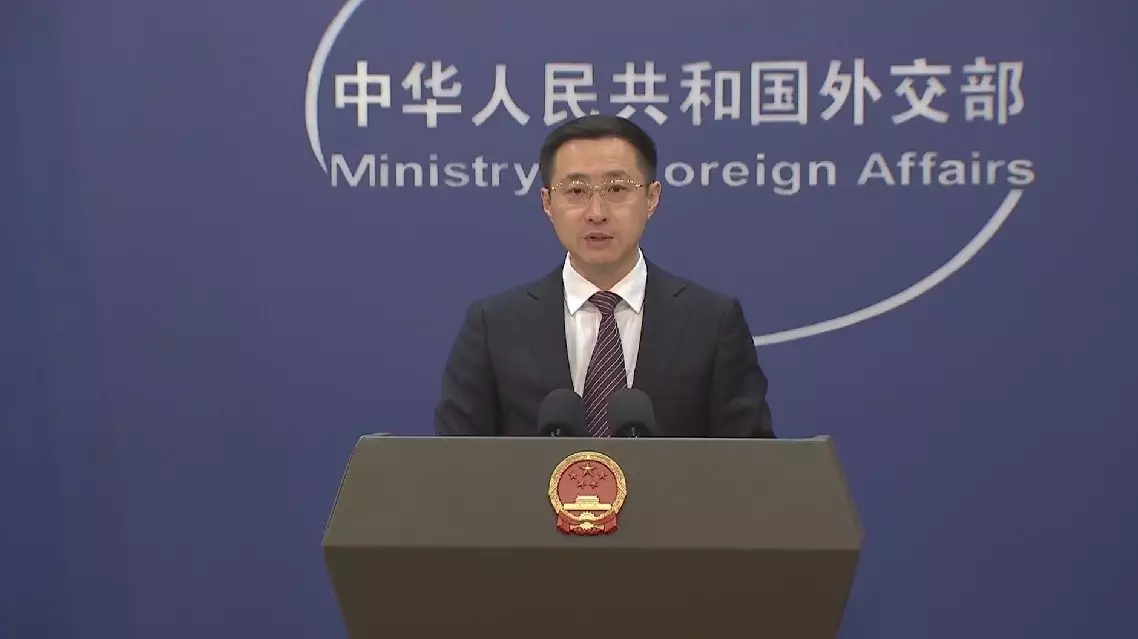
China-Latin America trade in goods to maintain rapid growth: spokesman
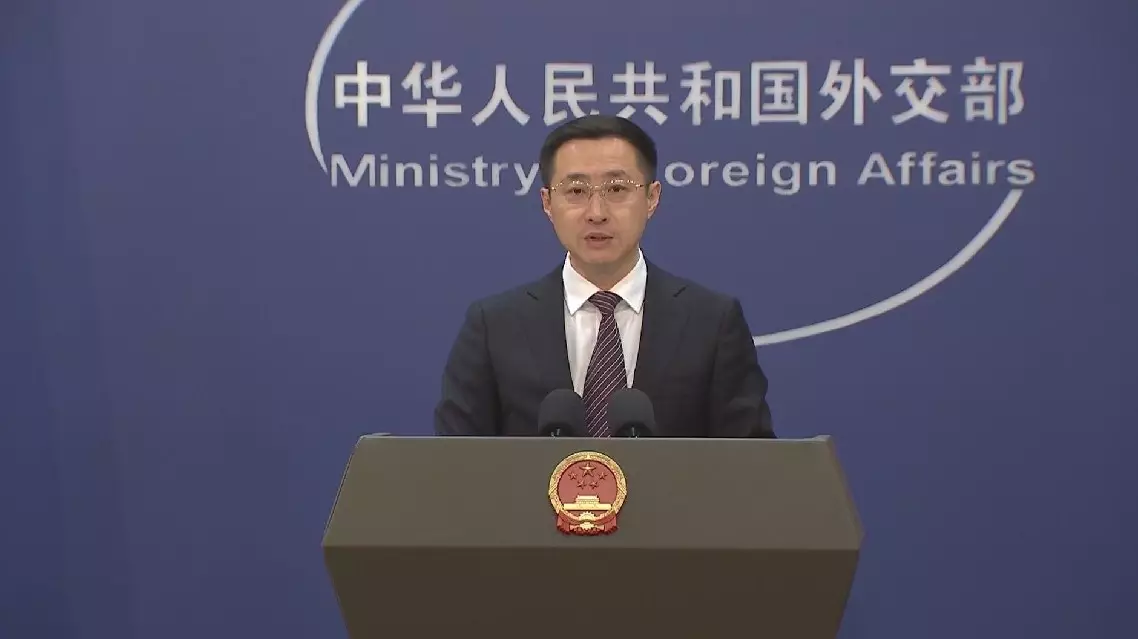
China-Latin America trade in goods to maintain rapid growth: spokesman
China, with numerous successes in combating desertification and dune fixation, has been sharing its experience with countries participating in the Belt and Road Initiative (BRI).
As a party to the United Nations Convention to Combat Desertification (UNCCD), China has in 2019 achieved the UN goal of zero growth of land degradation by 2030 ahead of schedule.
The country has set up the China-Arab and the China-Mongolia desertification control centers and established overseas demonstration bases and cooperation centers for sand control to provide technical support for related countries.
China has also engaged in multilateral policy-making dialogues, information sharing and collaboration with South Korea, Mongolia, and Russia to jointly push forward desertification prevention, land degradation control, and drought response in northeast Asia, and forged the Kubuqi International Desert Forum into a platform with international influence.
"China's experience in combating desertification is very suitable for countries participating in the Belt and Road cooperation, especially those in Africa and Central Asia. For instance, the straw checkerboard technique, a dune fixation technique in which straw is placed on the desert surface in the shape of a checkerboard, is called 'the magical China square'. Such a technique is easy to apply, good in effect, and quick in results. The chosen plants with high stress resistance, coupled with water-saving irrigation technologies, have all been greatly promoted in many countries in Central Asia and Africa," said Wu Bo, director of the Institute of Desertification Studies of the Chinese Academy of Forestry.
In Ethiopia, researchers from Xinjiang Institute of Ecology and Geography of the Chinese Academy of Sciences created a 200-hectare base for rotational grazing and bushland conservation to help in sustainable land use and combating desertification.
In Mauritania, Chinese researchers created a "green park" that covers about 2.67 hectares to address local needs for desertification prevention and sustainable livelihood development.
The park includes carefully-selected windbreak and sand-fixation materials, as well as over ten types of suitable plants and products adapted to local environmental conditions. The project can benefit the local community through the cultivation of fruit trees and vegetables, and promotes the integration of the Chinese way to prevent desertification and the technology of "Green Great Wall" .
"We hope our feasible experience and methods, such as the Shapotou anti-desertification technique to protect railways, the Dengkou dune fixation way, and the Kekeya way, can be promoted in other countries through exchanges," said Wu.
The UNCCD was adopted in 1994 to assist countries and regions affected by severe drought or desertification, with a total of 197 parties. In 2015, the United Nations incorporated desertification control into the 2030 Agenda for Sustainable Development, proposing to achieve the goal of zero growth of land degradation by 2030, forming a global consensus on combating desertification.
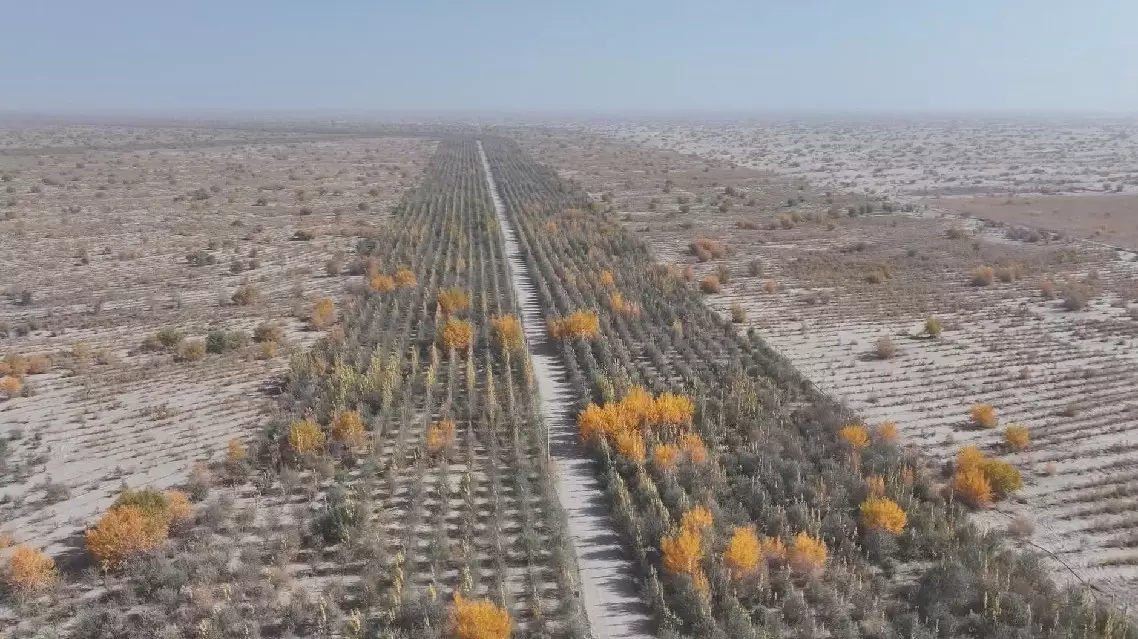
China' experience in desert control helps green BRI participating countries







